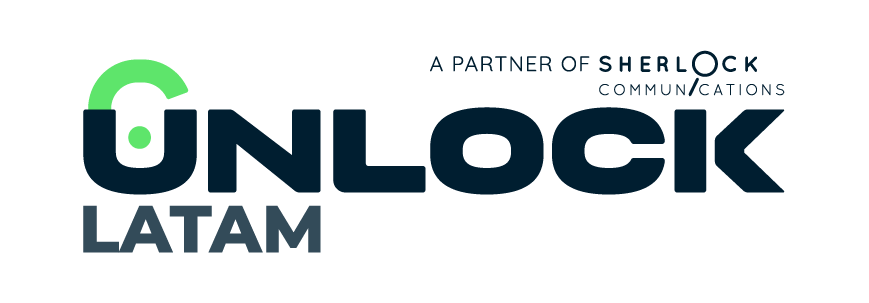Key Outbound Metrics for the Energy Sector: How to Measure Success
The energy sector is transforming Latin America, and as companies expand into new markets, understanding which outbound metrics energy sector leaders track makes the difference between campaigns that convert and resources wasted on ineffective strategies. Whether you’re targeting renewable energy projects in Brazil or oil and gas partnerships in Colombia, measuring the right performance indicators ensures your outreach resonates with decision-makers and drives tangible business results.
Response Rate
Response rate measures how many prospects engage with your outreach. In the energy sector, a 5-10% response rate indicates strong messaging and accurate targeting. Anything below 3% signals the need for immediate campaign adjustments.
This metric reveals whether your value proposition resonates. Energy professionals receive countless emails daily, so tracking response rates by market segment helps identify what works in each region.
Response Rate
Response rate measures how many prospects engage with your outreach. In the energy sector, a 5-10% response rate indicates strong messaging and accurate targeting. Anything below 3% signals the need for immediate campaign adjustments.
This metric reveals whether your value proposition resonates. Energy professionals receive countless emails daily, so tracking response rates by market segment helps identify what works in each region.
Meeting Conversion Rate
Getting a response is just the beginning. Meeting conversion rate tracks how many engaged prospects actually schedule calls or meetings. In B2B energy sales, conversion rates between 20-40% of responses demonstrate effective qualification.
Lower rates suggest your initial outreach attracts interest but fails to communicate clear next steps. This metric directly impacts your sales pipeline quality and forecasted revenue potential.
Email Open and Click-Through Rates
Open rates show whether your subject lines capture attention. Energy sector professionals typically open 20-30% of relevant B2B emails, but open alone doesn’t tell the full story.
Engagement depth matters more. Track click-throughs to your website, resource downloads, and message forwards. These actions signal genuine interest and help you adjust your cadence based on real engagement patterns.
Cost Per Qualified Lead

Every outbound dollar should generate measurable returns. Cost per qualified lead (CPQL) calculates total campaign expenses divided by qualified prospects generated. This metric justifies outbound investments to leadership.
Energy sector CPQL varies by target market and deal size. Compare your costs against alternative lead sources like:
- Industry events and conferences
- Inbound marketing programs
- Digital advertising campaigns
Time to First Meeting
Speed matters in competitive energy markets. Time to first meeting measures the days between initial contact and the scheduled conversation. The energy sector typically requires 2-4 weeks from first contact to initial meeting.
Shorter timeframes indicate responsive prospects and effective follow-up processes. Track this metric to identify bottlenecks in your outreach and maintain momentum with high-value opportunities.
Pipeline Velocity
Pipeline velocity combines multiple outbound metrics energy sector teams monitor to measure overall momentum. It considers the number of opportunities, average deal value, win rate, and sales cycle length.
This comprehensive view shows whether your outbound efforts accelerate revenue generation or simply fill your CRM with stagnant leads. Use this metric to optimize your entire sales process.
Elevate Your Energy Sector Outreach
Mastering outbound metrics energy sector companies rely on transforms prospecting from guesswork into strategy. At Unlock Latam, we specialize in B2B lead generation for companies expanding into Latin America’s energy markets, tracking every metric, optimizing continuously, and delivering transparent reporting while you focus on closing deals. Ready to drive measurable growth? Let’s connect and discuss your expansion goals.
Looking for more guidance? You might find these resources helpful in planning your next steps:

Your Trusted Partner in LATAM Expansion
From market research to legal compliance, we guide your business every step of the way.
